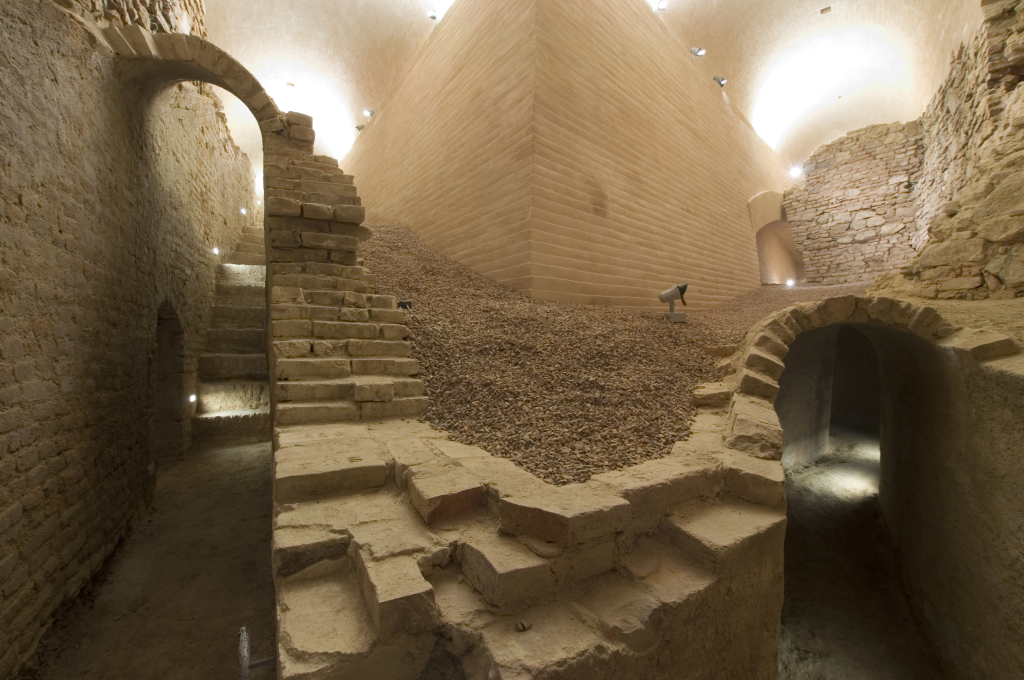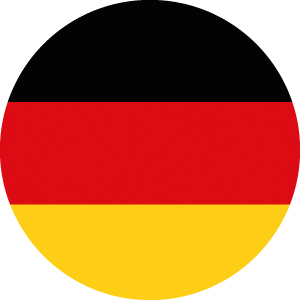
Fortification of the Špilberk Castle
The oldest fortification of Špilberk was built together with the castle in the 13th century. It consisted of an outer bailey - a ring of an extended rampart encircling the entire core of the castle.
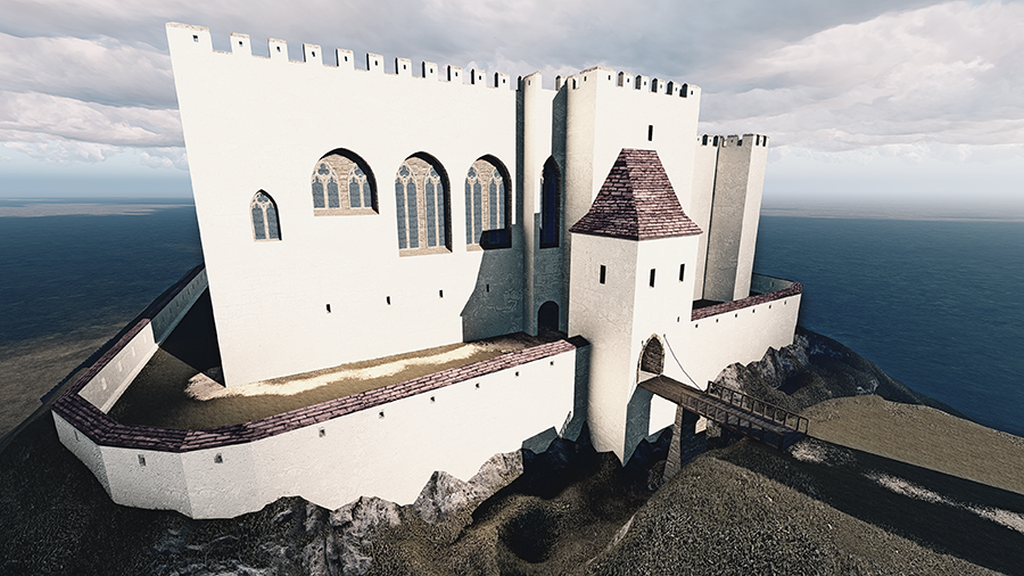
The second wave of modernisation of the fortifications came at the very end of the 16th century in connection with the serious threat of the expanding Ottoman Empire. Representatives of the town had a new ring of fortifications built around the medieval castle following the modern architectural trends. It was modernized shortly before the Swedish siege of Brno in 1645.
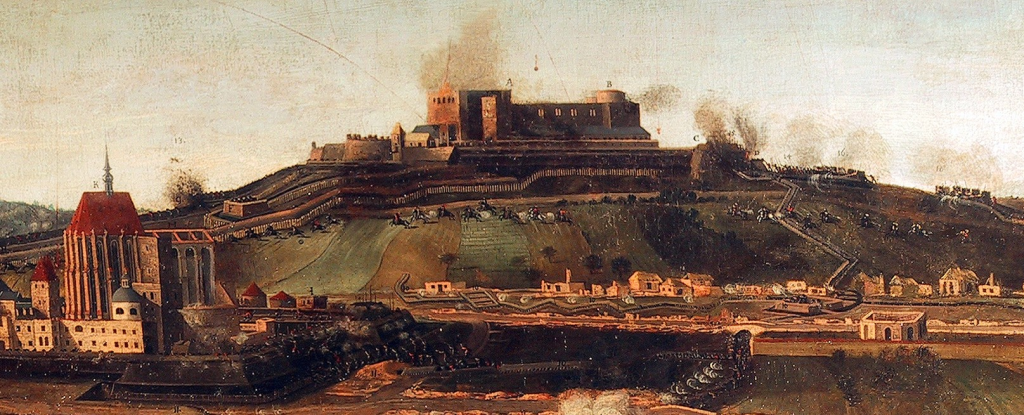
The third modernisation of the Špilberk fortifications took place at the turn of the 18th century, when Brno with Špilberk were transformed into a massive Baroque fortress. The castle was encircled by another system of fortifications which from a bird's eye view resembled a star. The main element of this fortification were bastions - pentagonal formations with a spike, which were placed in the corners or the centre of the ramparts (so-called curtain walls). Their purpose was to create durable and strong artillery positions whose field of fire would cover the entire area around the fortress. In 1809, some important elements of the fortifications were destroyed by Napoleon's army. In the 1860s, a large part of the outer ring of fortifications was turned into a park. The remains of the fortification are still identifiable here today.
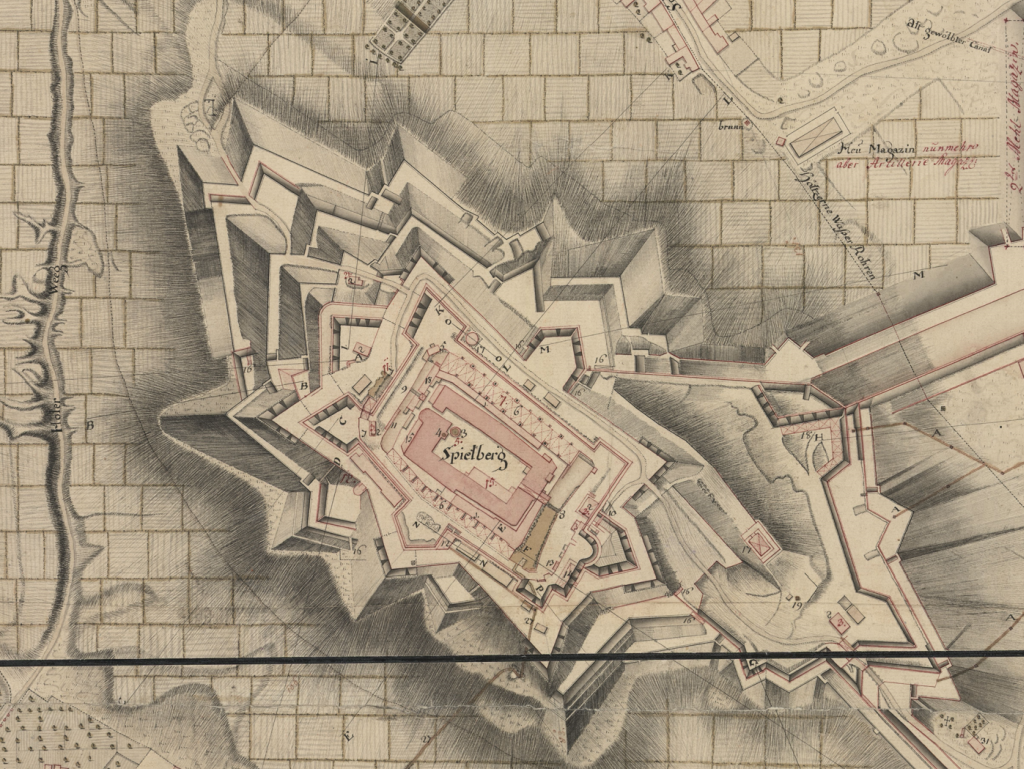
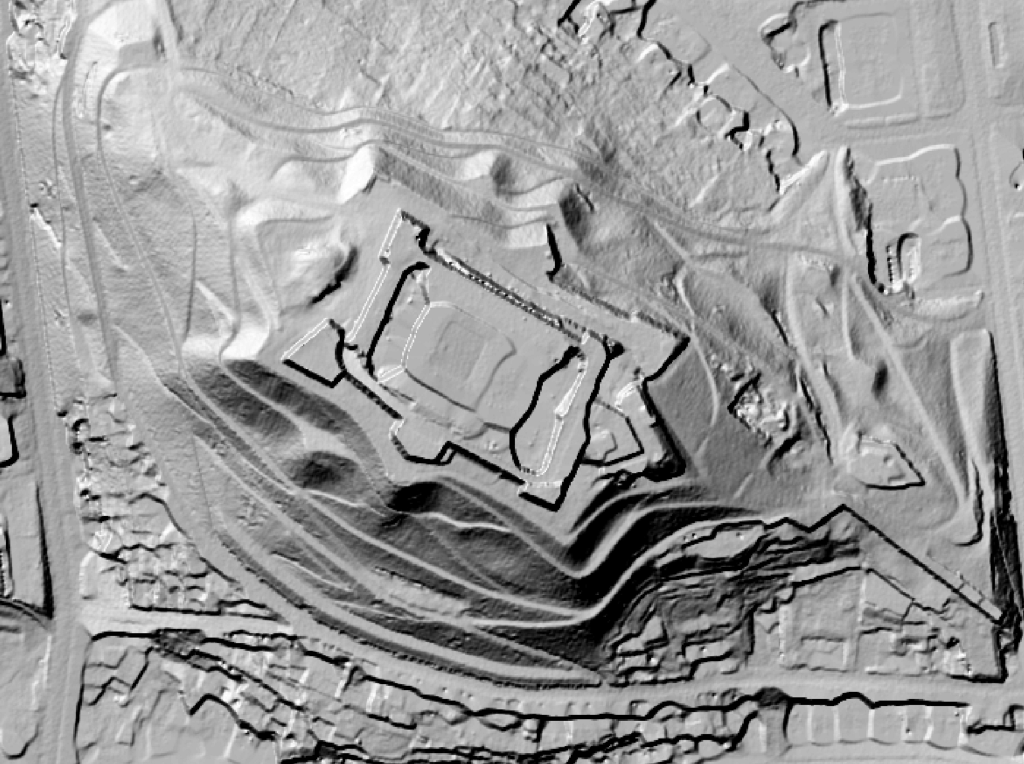
A part of the eastern bastion, which was rebuilt at the end of the 19th century as a municipal water tank, is currently open to public. Inside, there is an exposition of the stone collection. These areas can be visited as part of a guided tour. Read more at: Chrám kamene .
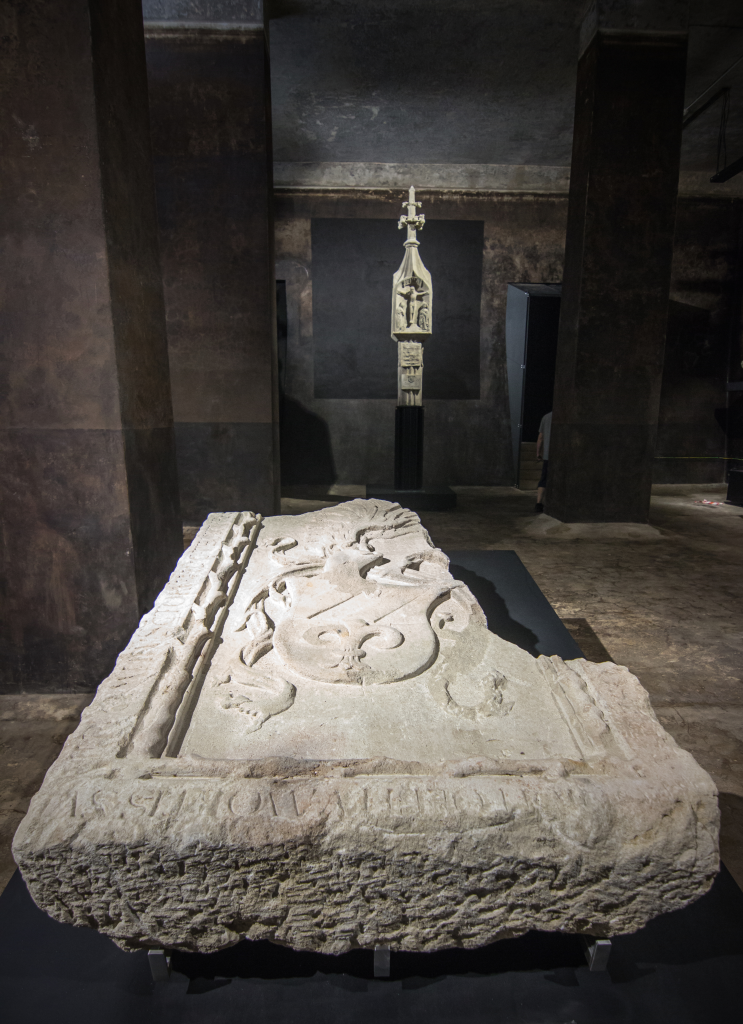
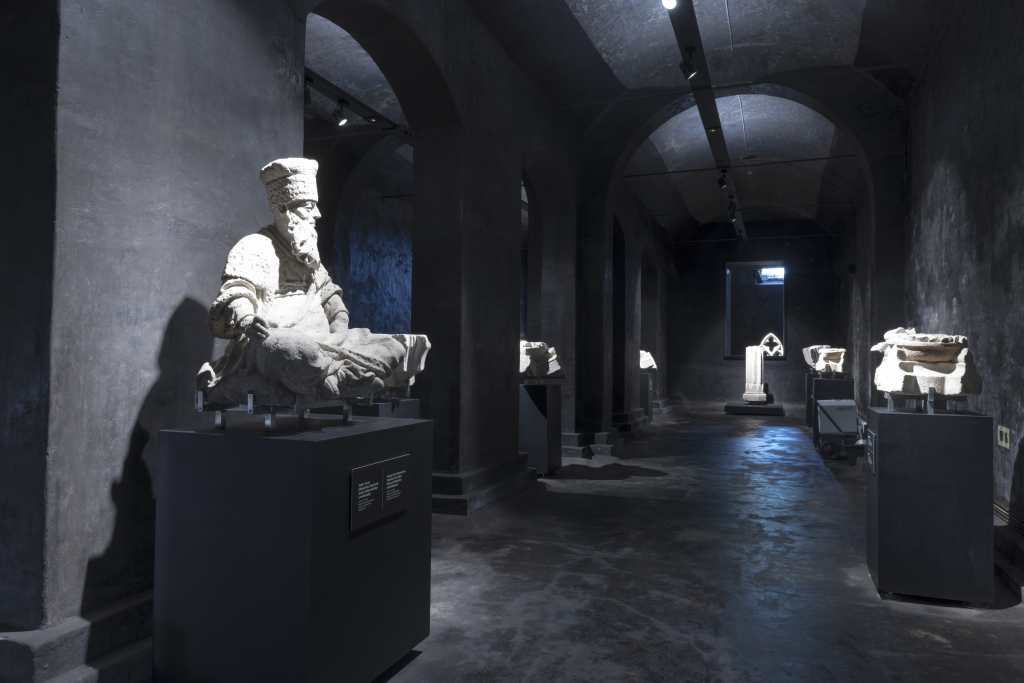
There is another bastion that is also open to the public. Its guided tour focuses on the siege of Brno and Špilberk by the Swedish army in 1645. Read more at: Jihozápadní bastion
